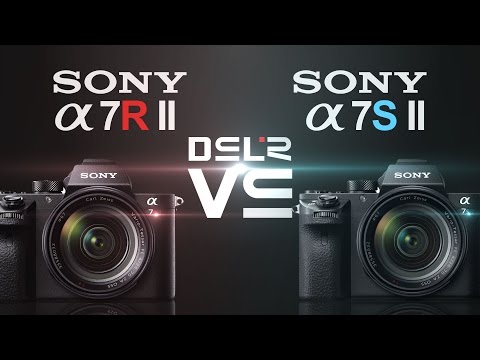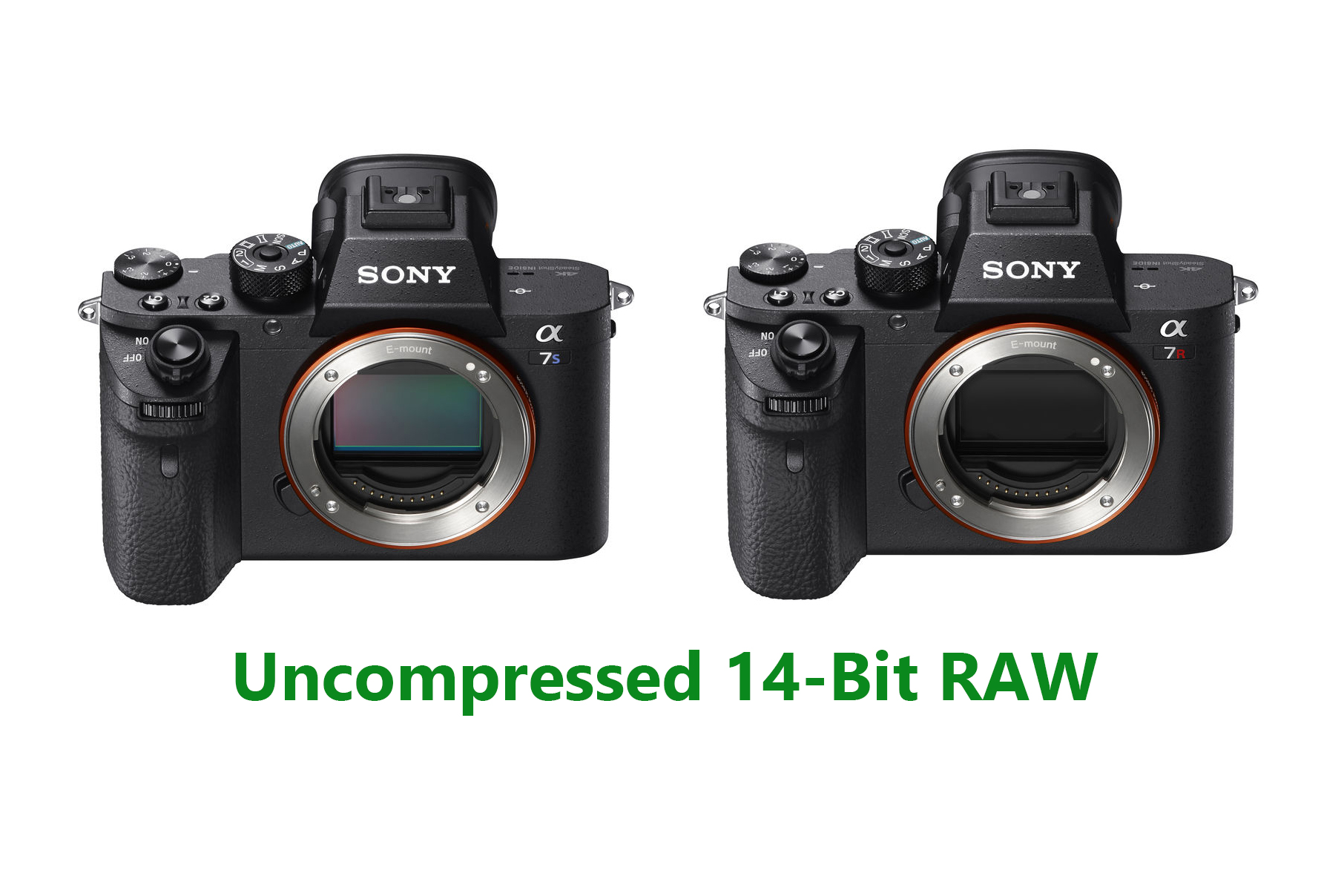Sony A7r II vs Sony A7s II: Which Is Better?

In terms of sharpness and resolution, the photographs captured by both cameras seem to be quite identical. Particularly difficult to distinguish is the difference between a7R II crop mode and a7S II full frame mode. The a7R II performs somewhat poorer in full frame, but it is still extremely useable. I’d also want to point out that the Sony a7R II has a little better dynamic range than the Sony a7S II (13.9 stops versus 13.3 stops). In addition, for photographers who routinely shoot in high-contrast conditions, even a little variation like this one may be worthwhile to consider.
When it comes to color noise, the A7s II has less, but the A7r II has somewhat higher sharpness. Keep in mind that this is without the use of any noise reduction on the Raw files in question. Both shots might look much better if they were processed with a +10 or +15 color noise reduction in Lightroom. It goes without saying that the Sony a7R II is the camera of choice if you want to take high-resolution photographs. It is also more flexible since it has a crop mode that can be used with APS-C lenses as well as a SpeedBooster that can be used to extract an additional stop of light from full frame EF lenses.
Because there is just a 4 month age gap between the A7S II and the A7R II, we anticipate that this will be a fair comparison in terms of age and technological level. The comparison of resolutions between the Sony a7S II and the Sony a7R II is pretty fascinating. Both cameras have the ability to internally record a stunning 4K picture in a range of various crop and HD settings, making them equally capable. The Sony a7S II delivered the same rolling shutter performance as the original a7S while shooting in 4K. In fact, while shooting in the highest picture quality option on the Sony a7R II, we can observe that the rolling shutter effect is around 12 percent more severe on this camera.
As you can see in the image below, I took a comparison photo with a lot of contrast. In Lightroom, I increased the shadow contrast to the maximum (+100), returned the highlights to their original state (-100), and increased the exposure by 3EV. Noise from both cameras may be seen in the shadows, as can be seen above.

Print After a normalization phase, which turns all photos, regardless of their original resolution, to an 8Mpix image, this page provides the print performance measurement numbers and graph produced from a RAW image. A standard 300dpi 8″x12″ format has been used for printing, which corresponds to about the physical size of an 8Mpix picture printed at 100 percent magnification. Even though the A7R II has a better resolution (42.2MP) than the A7S II, the individual pixels on the A7R II are smaller (pixel pitch of 4.52mm against 8.40mm on the A7S II). Returning to the subject of sensor resolution, it should be noted that the A7R II does not have an anti-alias filter fitted, allowing it to record all of the information that the sensor is capable of capturing.
Images taken with the A7S II, on the other hand, measure slightly under 36x24cm at 300ppi. While this seems to be a little improvement over the A7R II’s capabilities, it is more than sufficient for the majority of wedding photographers, and the A7S II’s low-light prowess makes it a suitable option for shooting in poorly lit churches. In terms of picture quality, it makes up for its lack of video capabilities by boasting a 42 MP sensor, an amazing dynamic range, and rather strong night vision for a price of less than US$1,500.
Although the Sony a7R II does not produce particularly impressive results in full frame mode, the camera does provide results that are close to the quality of the original a7S and that are very similar to the picture of the Sony a7S II. When we convert the Sony a7R II to full frame mode, the picture quality suffers a little bit, but it is still stunningly detailed. When compared to the crop mode, there is a little less detail resolved and some aliasing / moiré introduced as a result.
Both cameras fall within the category of “compact full-frame” cameras as a result of this. These interchangeable lens cameras are both reasonably light in weight (a big improvement over the heavier full-frame DSLRs) and have relatively tiny bodies for a professional interchangeable lens camera. The a7R II, on the other hand, is a more photo-oriented camera, with a high megapixel count and a competent autofocusing technology. It has a relatively low megapixel count, but it makes up for it in terms of video quality and low-light capabilities, both of which are excellent.

In some ways, the A7 II is a midpoint between the A7S II and the A7R II, but in others, it lags behind both of these cameras. The other two cameras use hybrid autofocus technologies, but the A7 II, for example, relies only on contrast detection for focusing. All three cameras feature full-frame sensors, although each has a different number of pixels than the others. It is the Sony A7S II that has the lowest number of pixels, with ‘only’ 12.2 million, while it is the Sony A7R II that has the biggest number of pixels, with 42.4 million. In general, more color depth is preferable, but you’ll be hard-pressed to spot a difference between two cameras that are separated by less than one bit of variance in color depth.
![]()
I believe that the A7r II is a better comprehensive camera in the majority of circumstances. The 5-axis stabilisation, the outstanding performance of the 42MP BSI sensor, and the use of a fast lens are all capable of meeting the majority of your low-light requirements most of the time. Because the designs of the cameras are similar, there isn’t much to compare between the two. Sony redesigned the body of the mark II generation, and I must say that I prefer it to the body of the previous mark I generation. In addition to being simpler to reach, the grip is more comfortable, and the additional custom button on top is a pleasant feature.
Since a result of the difference in sensor resolution, I won’t go into great depth on sharpness and detail in bright light and at low ISOs, as the A7r II clearly has an edge in these areas. The ISO sensitivity ranges from 100 to 3200, with three more extended levels in between. The sensor in the Sony A7R II has 30MP greater resolution than the sensor on the Sony A7S II, which offers a substantial advantage in real-world shooting. Please bear in mind, on the other hand, that the maximum sensor resolution is not the only factor that influences the resolving power. The ultimate resolution of the collected picture is influenced by a number of factors, including the optical components, low pass filter, pixel size, and sensor technology, among others.








